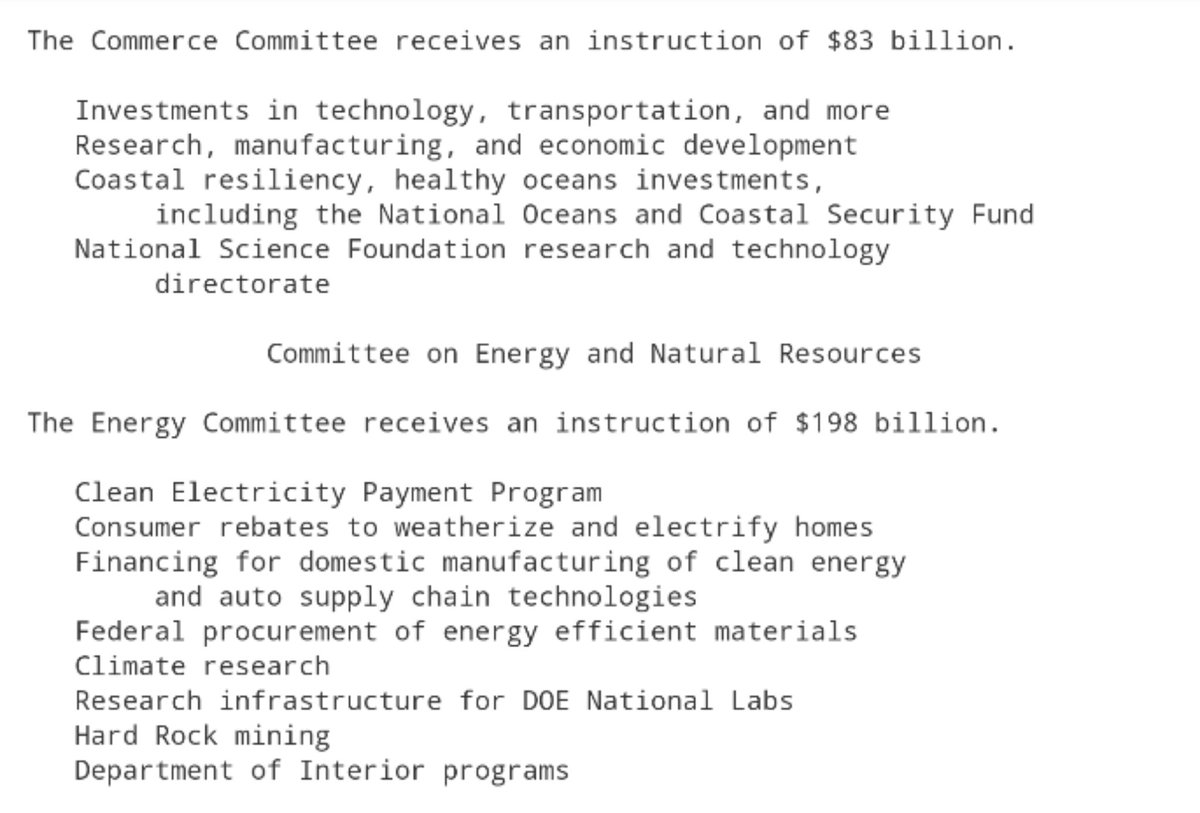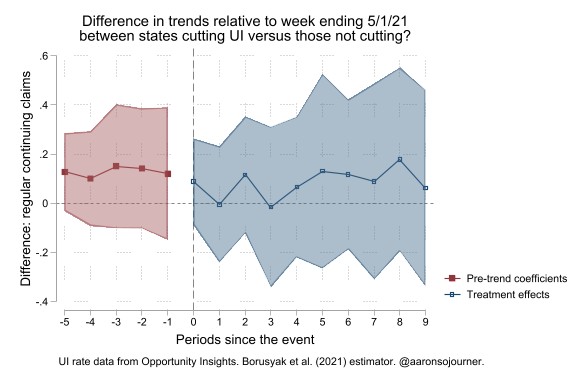
Context for understanding rising quits.
Corporate profits are through the roof and have been rising extremely quickly.
Employers unwilling to share the value that their workers help create are getting push back & attrition as workers move towards employers who do.
Corporate profits are through the roof and have been rising extremely quickly.
Employers unwilling to share the value that their workers help create are getting push back & attrition as workers move towards employers who do.
https://twitter.com/aaronsojourner/status/1447392013826117634
Switchers are getting faster growth than stayers.
This measures wage growth trends within the same worker over time, reducing issues with changes in who is employed.
This measures wage growth trends within the same worker over time, reducing issues with changes in who is employed.

#LaborLeverageRatio = Quits / Discharge 

• • •
Missing some Tweet in this thread? You can try to
force a refresh














